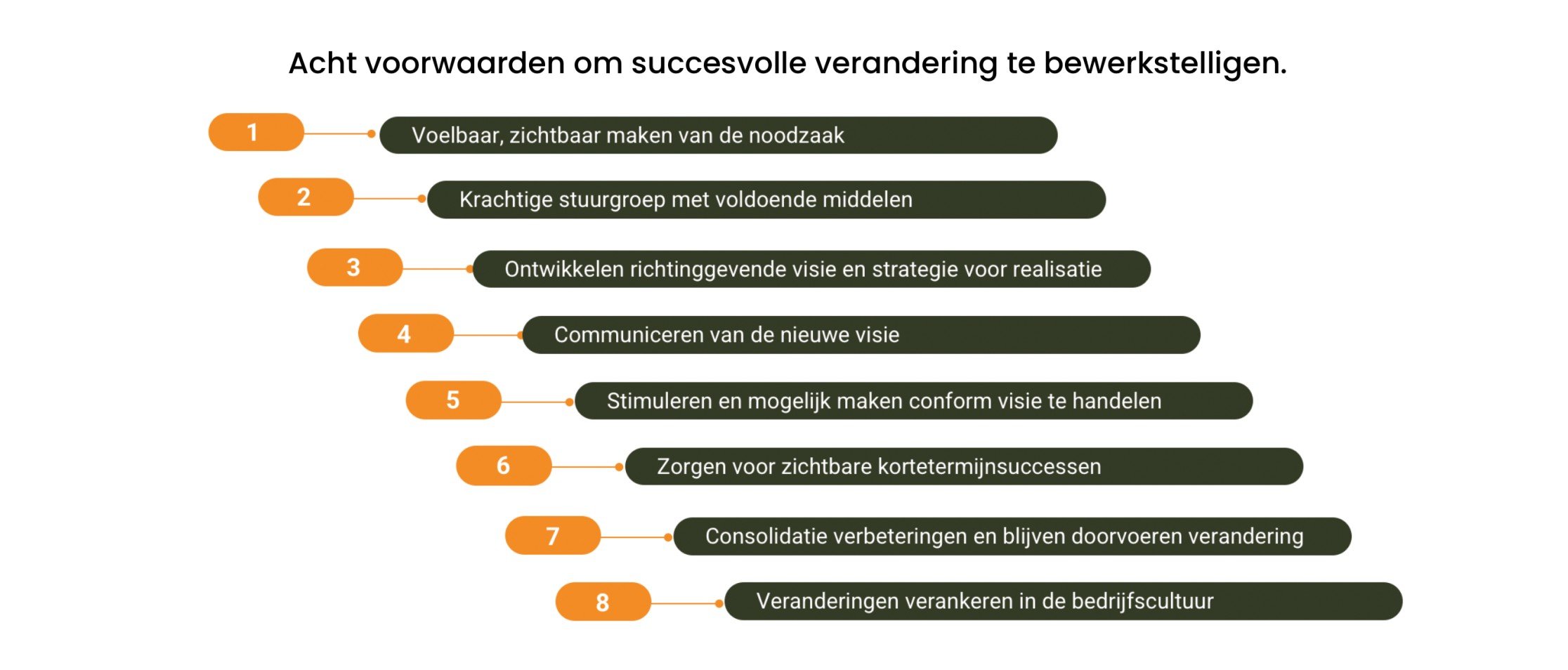Accomplish projects faster by slowing down precisely
You know the drill... It took a long time to get agreement from all the decision makers to finally get your project started 🥳. Budget is limited though or at least important to keep an eye on and of course deadlines are tight again.
So get to work! You schedule a handful of meetings with the colleagues and departments you think you need. You schedule some weekly meetings to make sure people have time for your project. You put together a powerpoint to convince everyone of what you want to realize and create a project in Jira so that you can immediately set out actions. The big day has arrived. Time for the Kick-Off meeting 😃
Once in the kick-off meeting, the group of colleagues also appears to have prepared themselves. They have already drawn up a list of objections for you at the coffee machine: "Why are we doing this?", "This is going to cost a lot of time and money!", you can think of them. The courage sinks in for a moment. This is going to be another project where you're going to have to push hard. 😫
STOP ✋🏻 Just rewind the video....
Projects go faster by slowing down first!
Your project gets off the ground faster by slowing down. But what do we mean by that? It's better to spend time on the foundation of your new structure before you start bricklaying right away. You could do that by going through the following steps that seem to take a lot of time and cause delays at first but as a result you can end up working much faster once the project is underway.
🎯 What business objectives does your project serve?
Support for your project is easier to gain if you are clear about where your company wants to go and how your project contributes to that. In fact, project goals should be linked as much as possible to your company's higher goals, mission and vision. That way, you will put more energy into things that will bring the most benefit to the company.
🧑 Involve all stakeholders from the beginning
Take the time to engage in conversation with everyone who will affect the outcome of the project. Not only your immediate colleagues but also other departments and end users. By including their input and objections early, you avoid surprises and lower resistance during the project.
🥅 Set clear and realistic goals
What exactly do you want to achieve with the project? What achievable results are you going to achieve in the short and long term. Make sure you can celebrate regularly by being able to celebrate milestones over and over again. That helps with adoption! Moreover, you can always show something and receive feedback on it that you can incorporate in a timely manner.
📝 Work out the requirements and create a design
Perhaps the most neglected child of any project. A document in which you describe all requirements, demands and necessities in as much detail as possible. By having the requirements well defined, it is clear to everyone during the execution of the project what we are working on. Make sure the requirements are described as much as possible in story form from personas. Oh yes, and in plain language. For example: "The customer logs in and sees all data of his assets that we manage for him at a glance with clear status buttons".
Based on the described requirements, it is easier to create a design in which you indicate how we can realize what has been described. In this you focus not only on the technology but more on the processes. Who does what, why, when, where and how? By paying sufficient attention to the process (and thus human actions) you reduce the chance of skipping important steps.
🦋 Pay adequate attention to managing change
People are not naturally fond of change. However, change can be well trained and guided. Unfortunately, Change Management is often the first item to be cut due to budget and time constraints. Yet we see that projects that do pay attention to this topic run more smoothly and are realized faster, keeping costs and time under control.
For this, choose a clear structure. For example, Kotter's method:
To your mind, you can finally get started. But in reality, you've already completed half of the project. The cliché "a good start is half the battle" really applies here. Depending on how big a project is, this preparation might take weeks or even months. But precisely because of this, you will find that people get excited about the project, understand where we are going and get to results faster because there is a lot of clarity.
Of course, as in any project, you will need to remain flexible to adjust for unexpected circumstances. Managing a project with structure, attention to people & process and change will be much faster.
Do you need help with your project? Then of course we are happy to help! Feel free to contact us for an informal conversation.


